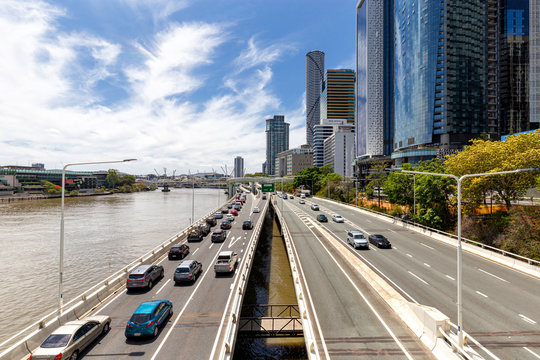Contact Us
RoadVision AI
Private Limited
Office No. 308 & 310, B Block
Ansal Chamber - 1, Bhikaji Cama Place,
Near Engineers India Limited (EIL) Bhawan, New Delhi - 110066
© 2024 | RoadVision AI | All rights reserved
Road safety and efficiency are two of the most critical pillars of road engineering in Australia. The geometric design of roads significantly influences vehicle speed, and consequently, crash rates and travel efficiency. With Australia’s commitment to the Safe System approach—where human error should not lead to death or serious injury—the role of geometric design in managing speed becomes even more pivotal.
This blog explores comprehensive strategies outlined in the Austroads Guide to Road Design Part 3: Geometric Design for managing vehicle speed through thoughtful road geometry planning, tailored for Australia’s urban and rural road network.

Three core concepts define vehicle speed in the context of road design:
Effective speed management occurs when the geometric design aligns these three speeds to prevent unexpected driver behavior and encourage safe travel.
Australia embraces the Safe System approach, which assumes human error is inevitable. Therefore, roads must be designed to ensure that mistakes do not result in death or serious injury. Strategies that support this include:
Several elements of road geometry impact speed:
Together, these factors create either a forgiving or aggressive driving environment, influencing how fast drivers choose to go.
Horizontal alignment is one of the most effective tools for influencing speed. Key principles include:
While vertical curves (crests and sags) have less influence than horizontal geometry, their design still matters:
The design speed should not be lower than the operating speed. Designers should:
Consistency across all three speeds ensures predictable driver behavior and smoother traffic flow.
Australia’s road network ranges from high-speed rural freeways to low-speed local streets. Each requires unique strategies:
Uniformity in road design parameters promotes safety by eliminating surprises. Key practices:
Avoid placing merge tapers on curves unless absolutely necessary. If done, ensure adequate sight distance.
Use medium-length tangents to break monotony. Extremely long straights (> 1000 m) can lead to excessive speeds and driver fatigue.
Use traffic counters not just for volume but for actual speed data to validate design assumptions or adjust planning accordingly.
Managing speed through geometric design is about creating roads that "speak" to the driver. Roads must intuitively guide safe speed choices, reduce surprises, and consider the realities of human behavior.
Australia's road designers are equipped with detailed standards and frameworks—such as those provided by Austroads—to make informed, consistent, and safety-focused design decisions. By aligning desired, operating, and design speeds, and implementing strategic geometric treatments, the country continues its stride toward safer and more efficient roadways.
RoadVision AI is transforming infrastructure development and maintenance by harnessing artificial intelligence and computer vision AI to revolutionize road safety and management. By leveraging advanced computer vision artificial intelligence and digital twin technology, the platform enables the early detection of potholes, cracks, and other road surface issues, ensuring timely repairs and better road conditions. With a mission to build smarter, safer, and more sustainable roads, RoadVision AI tackles challenges like traffic congestion and ensures full compliance with IRC Codes. By empowering engineers and stakeholders with data-driven insights, the platform reduces costs, minimizes risks, and enhances the overall transportation experience.